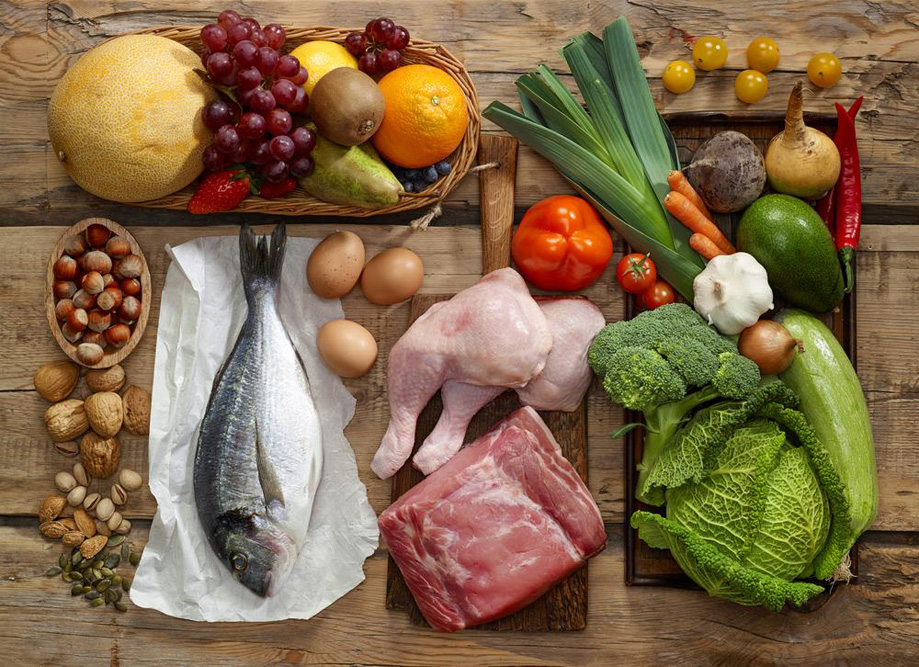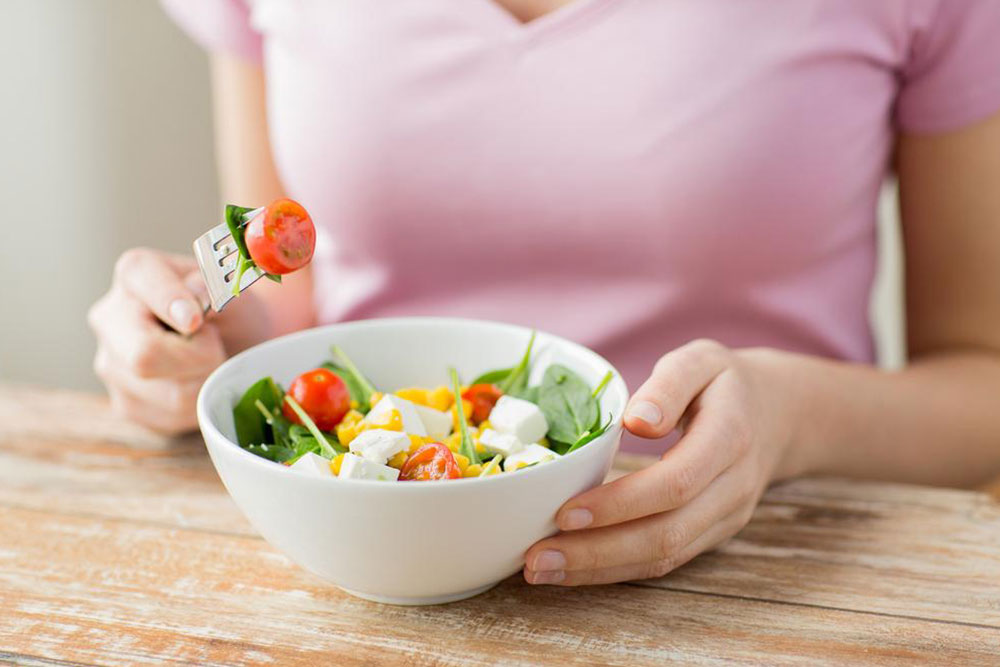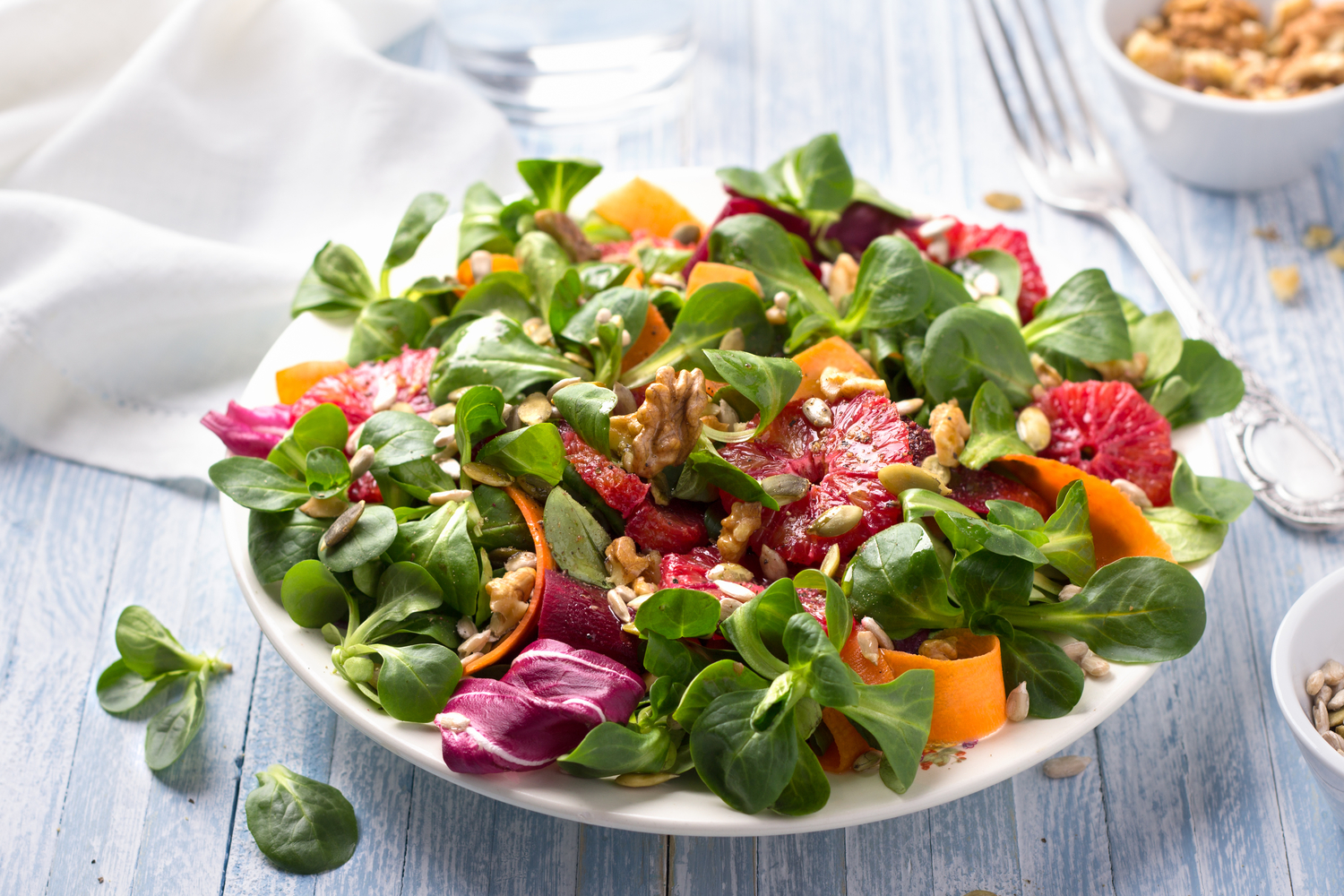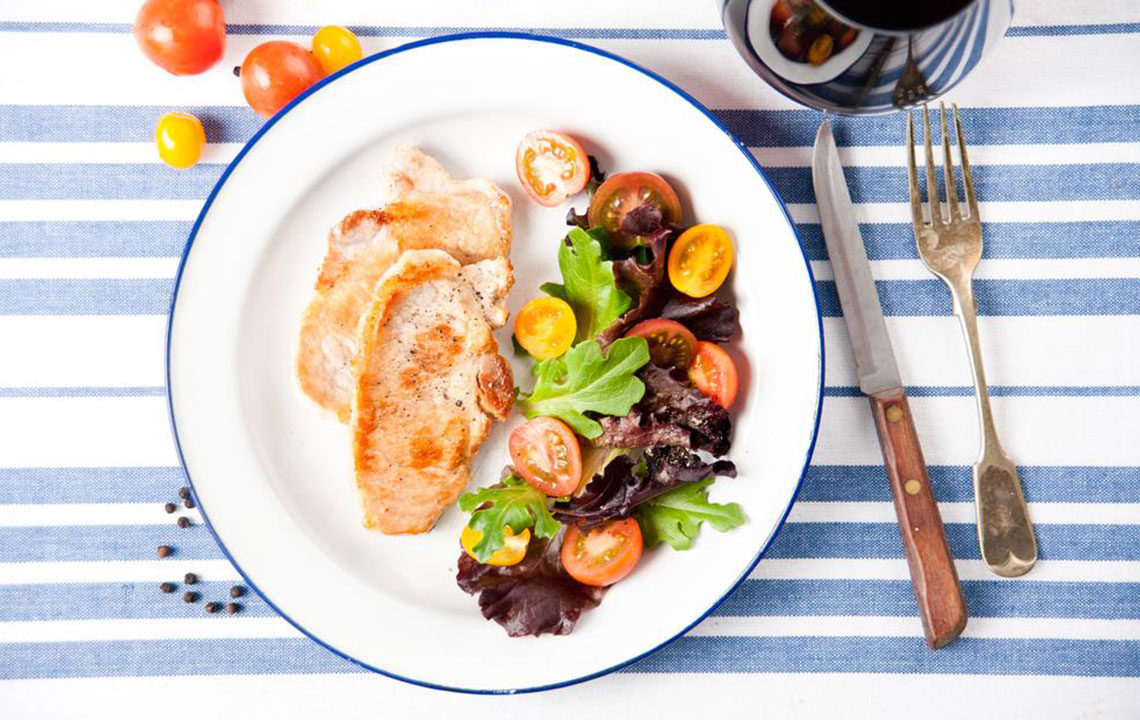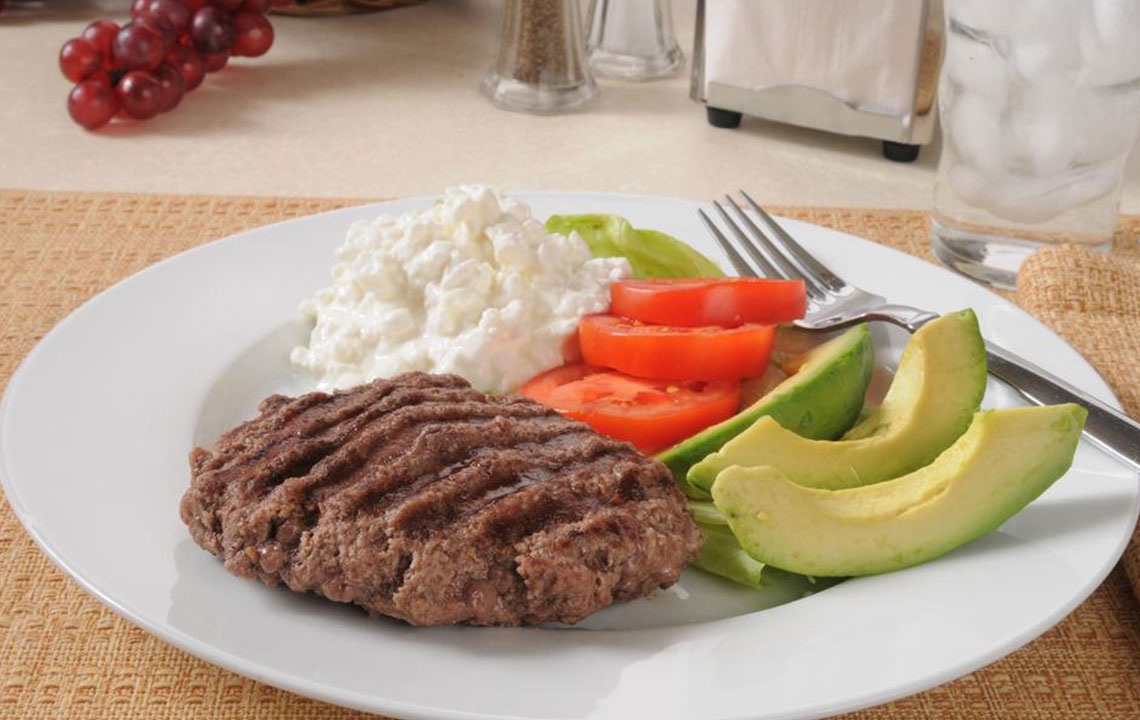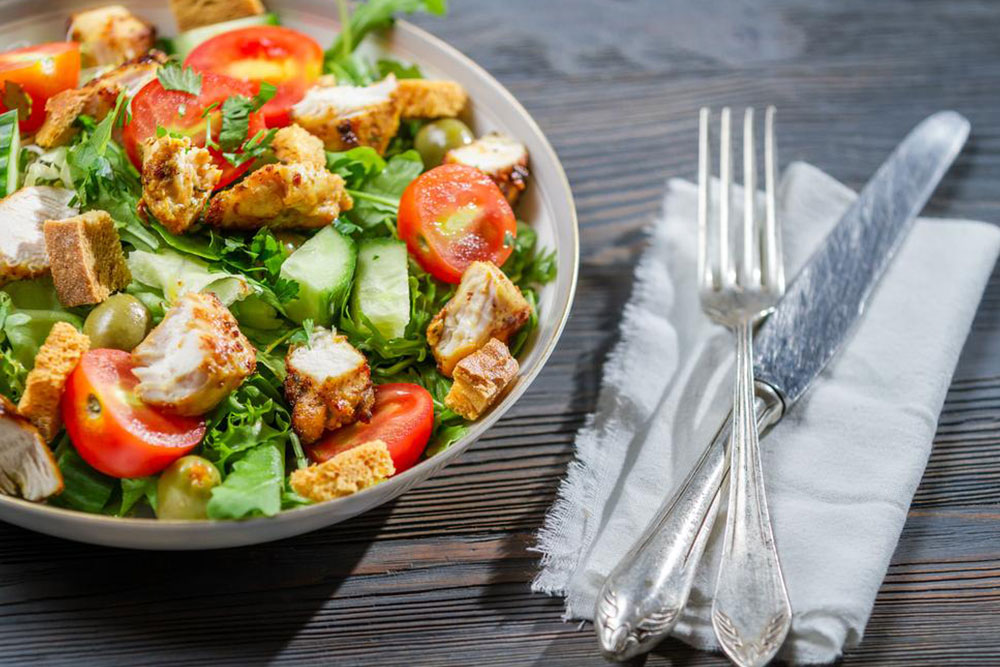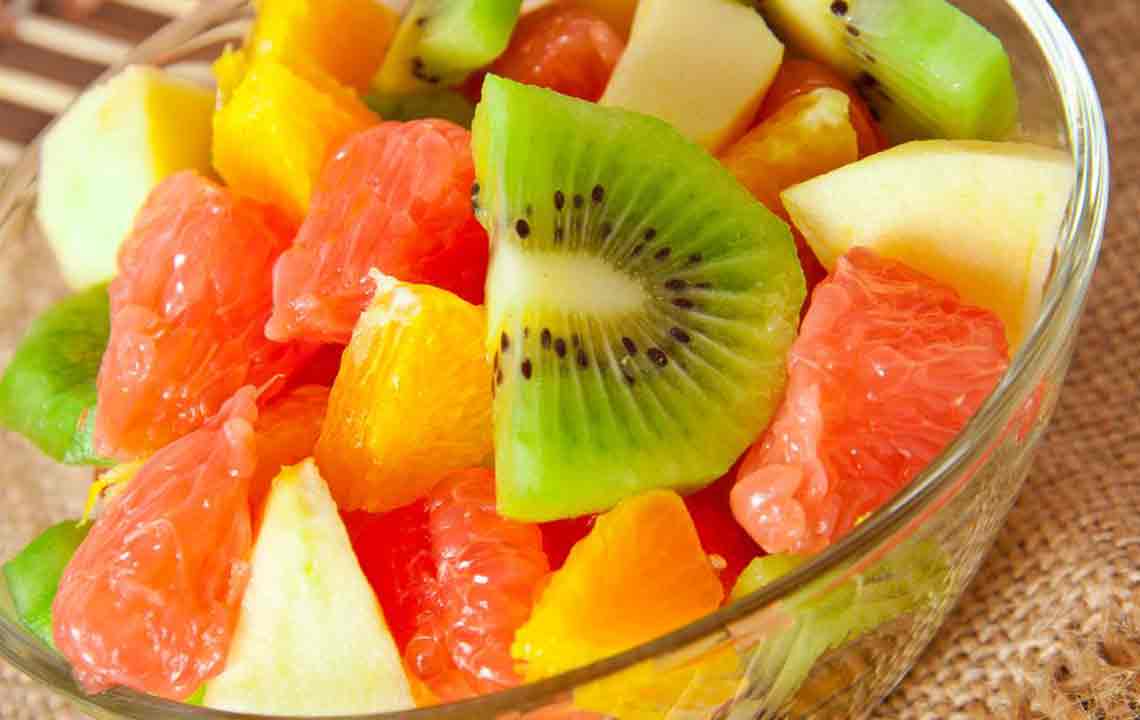Understanding the Paleo Diet: Health Benefits and Food Choices
Discover the benefits of the Paleo diet, inspired by our ancestors’ natural eating habits. This lifestyle focuses on whole, unprocessed foods like vegetables, fruits, lean meats, seafood, nuts, and healthy oils. Known for promoting weight loss, improved skin, heart health, and overall vitality, the Paleo diet emphasizes pairing nutritious meals with regular exercise and a healthy lifestyle. This comprehensive guide details suitable food choices and tips for adopting the Paleo way for better health and wellness.
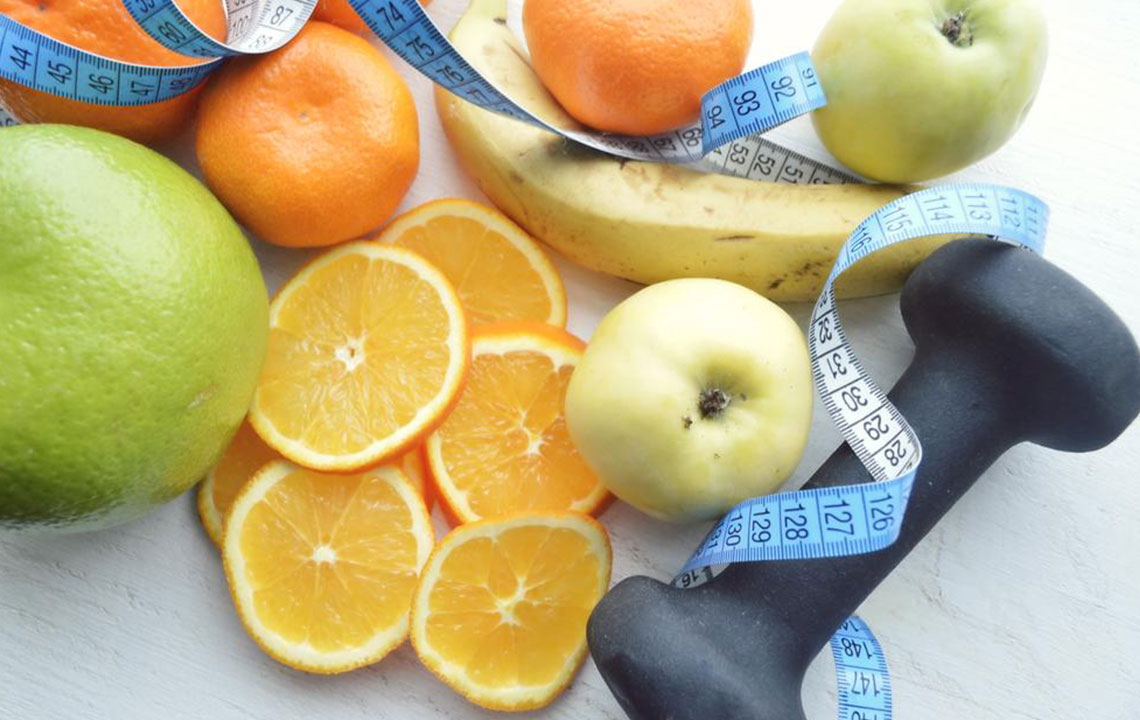
Exploring the Paleo Lifestyle and Its Advantages
The Paleo diet draws inspiration from the eating habits of our ancient ancestors. During that era, humans consumed only natural foods found in their environment, avoiding processed items. This natural approach contributed to their longevity and overall health, unlike many of us today who rely on readily available, processed foods that lack essential nutrients.
Modern diets often include processed foods, which diminish vital nutrients. The Paleo diet emphasizes eliminating foods like legumes, dairy, sugar, and salt. Its popularity continues to grow among health-conscious individuals seeking increased energy, better skin, weight management, diabetes prevention, heart health, allergy resistance, reduced inflammation, and improved sleep.
Pairing the Paleo diet with regular exercise, adequate hydration, quality sleep, and an active lifestyle maximizes its benefits.
Sample Paleo Meals
Vegetables: Fresh vegetables are an essential part of Paleo, offering vitamins and minerals. However, high-carb vegetables should be limited if weight loss is a goal.
Choices include broccoli, celery, peppers, carrots, spinach, cauliflower, green onions, eggplant, zucchini, asparagus, lettuce, parsley, avocado, Brussels sprouts, and sweet potatoes.
Fruits: Most fresh fruits fit into the Paleo plan, providing antioxidants, vitamins, and minerals that support overall health. These should be consumed daily in their natural state.
Suitable options encompass apples, peaches, guava, pomegranate, muskmelon, lychee, mango, strawberries, blueberries, raspberries, watermelon, grapes, oranges, pineapple, plums, and kiwi.
Meat and Seafood: Lean meats are vital for protein and nutrient intake. Popular choices include chicken, lamb, beef, pork, turkey, and goat, which help maintain bodily functions.
Seafood like salmon, sardines, tuna, shrimps, lobster, and trout are rich in Omega-3 fatty acids, supporting heart health and reducing inflammation.
Healthy Fats and Oils: Cooking oils should be chosen carefully; options like coconut oil, ghee, extra virgin olive oil, and butter are Paleo-friendly, while processed fats should be avoided.
Nuts and Seeds: Nuts such as walnuts, almonds, sunflower seeds, pumpkin seeds, and cashews offer vital nutrients and healthy fats. Moderation is key, especially with high-fat varieties like cashews when losing weight.
Additional Paleo-Friendly Items: Limited quantities of eggs, coffee, coconut water, tea, and honey can be incorporated into the diet for variety and enjoyment.
Adopting a Paleo lifestyle promotes health, vitality, and well-being. Remember to combine it with an active routine and proper hydration for optimal results.
Important Note: Our blog provides researched information across various topics for educational purposes. Readers should not consider these articles as definitive advice. The website disclaims responsibility for discrepancies or inaccuracies and recognizes that some offers or schemes might not be covered or available elsewhere.

